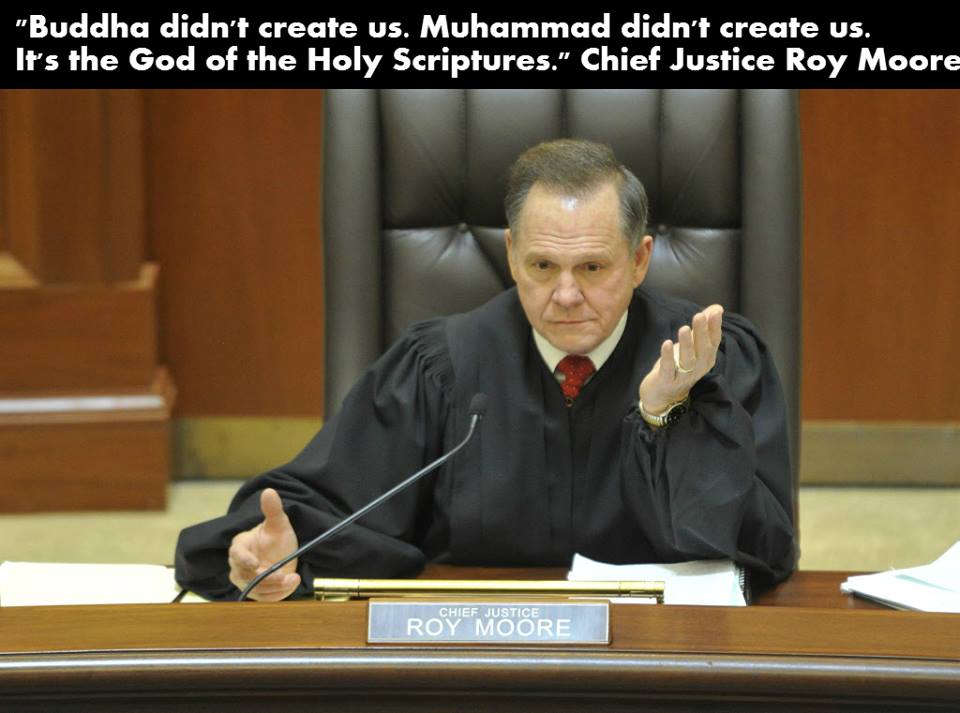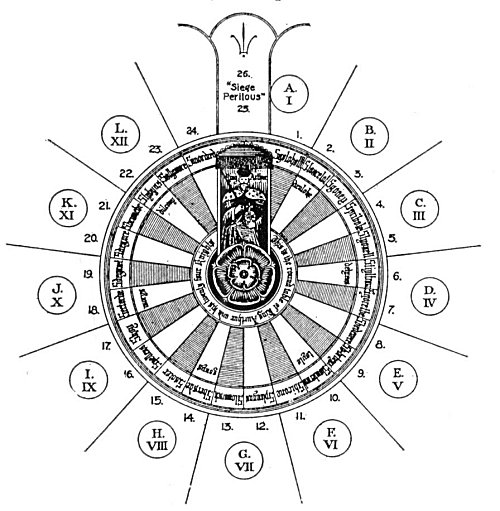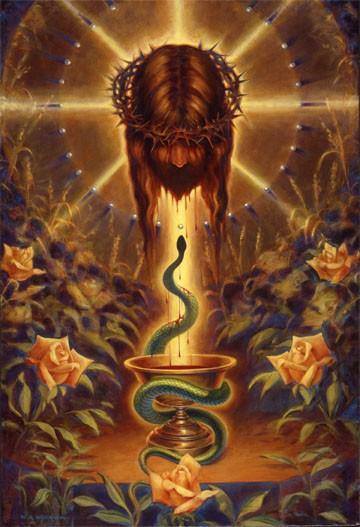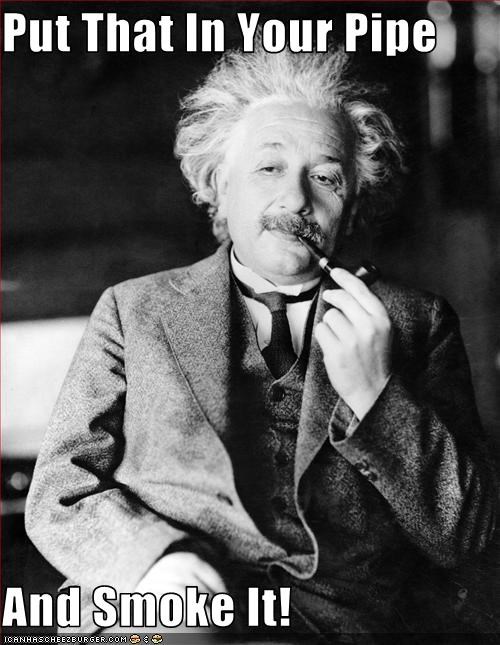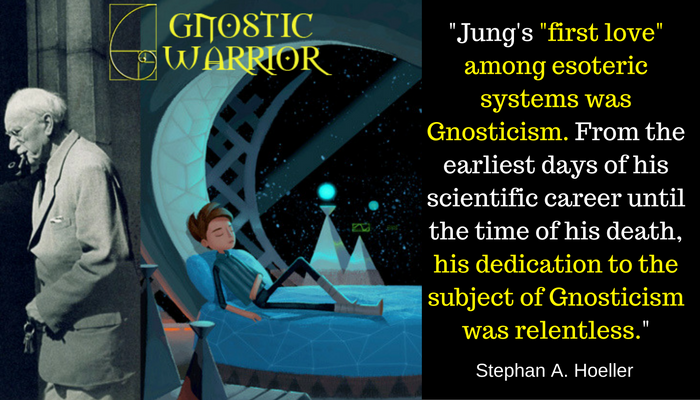We have said above, that, according to the secret computation peculiar to the students of the hidden science, Messiah is the fifth emanation, or potency. In the Jewish Kabala, where the ten Sephiroth emanate from Adam Kadmon (placed below the crown), he comes fifth. So in
Page 260
the Gnostic system; so in the Buddhistic, in which the fifth Buddha — Maitree, will appear at his last advent to save mankind before the final destruction of the world. If Vishnu is represented in his forthcoming and last appearance as the tenth avatar or incarnation, it is only because every unit held as an androgyne manifests itself doubly. The Buddhists who reject this dual-sexed incarnation reckon but five. Thus, while Vishnu is to make his last appearance in his tenth, Buddha is said to do the same in his fifth incarnation.
The better to illustrate the idea, and show how completely the real meaning of the avatars, known only to the students of the secret doctrine was misunderstood by the ignorant masses, we elsewhere give the diagrams of the Hindu and Chaldeo-Kabalistic avatars and emanations. This basic and true fundamental stone of the secret cycles, shows on its very face, that far from taking their revealed Vedas and Bible literally, the Brahman-pundits, and the Tanaim — the scientists and philosophers of the pre-Christian epochs — speculated on the creation and development of the world quite in a Darwinian way, both anticipating him and his school in the natural selection of species, gradual development, and transformation.
We advise every one tempted to enter an indignant protest against this affirmation to read more carefully the books of Manu, even in the incomplete translation of Sir William Jones, and the more or less careless one of Jacolliot. If we compare the Sanchoniathon Phoenician Cosmogony, and the record of Berosus with the Bhagavatta and Manu, we will find enunciated exactly the same principles as those now offered as the latest developments of modern science. We have quoted from the Chaldean and Phoenician records in our first volume; we will now glance at the Hindu books.
“When this world had issued out of darkness, the subtile elementary principles produced the vegetal seed which animated first the plants; from the plants, life passed into fantastical bodies which were born in the ilus of the waters; then, through a series of forms and various animals, it reached MAN.”
“He (man, before becoming such) will pass successively through plants, worms, insects, fish, serpents, tortoises, cattle, and wild animals; such is the inferior degree.”
“Such, from Brahma down to the vegetables, are declared the transmigrations which take place in this world.”
Page 261
In the Sanchoniathonian Cosmogony, men are also evolved out of the ilus of the chaos,and the same evolution and transformation of species are shown.
And now we will leave the rostrum to Mr. Darwin: “I believe that animals have descended from at most only four or five progenitors.”
Again: “I should infer from analogy that probably all the organic beings which have ever lived on this earth, have descended from some one primordial form. . . . I view all beings, not as special creations, but as the lineal descendants of some few beings which lived long before the first bed of the Silurian system was deposited.”
In short, they lived in the Sanchoniathonian chaos, and in the ilus of Manu. Vyasa and Kapila go still farther than Darwin and Manu. “They see in Brahma but the name of the universal germ; they deny the existence of a First Cause; and pretend that everything in nature found itself developed only in consequence of material and fatal forces,” says Jacolliot.
Correct as may be this latter quotation from Kapila, it demands a few words of explanation. Jacolliot repeatedly compares Kapila and Veda Vyasa with Pyrrho and Littre. We have nothing against such a comparison with the Greek philosopher, but we must decidedly object to any with the French Comtist; we find it an unmerited fling at the memory of the great Aryan sage. Nowhere does this prolific writer state the repudiation by either ancient or modern Brahmans of God — the “unknown,” universal Spirit; nor does any other Orientalist accuse the Hindus of the same, however perverted the general deductions of our savants about Buddhistic atheism. On the contrary, Jacolliot states more than once that the learned Pundits and educated Brahmans have never shared the popular superstitions; and affirms their unshaken belief in the unity of God and the soul’s immortality, although most assuredly neither Kapila, nor the initiated Brahmans, nor the followers of the Vedanta school would ever admit the existence of an anthropomorphic creator, a “First Cause” in the Christian sense. Jacolliot, in his Indo-European and African Traditions, is the first to make an onslaught on Professor Muller, for remarking that the Hindu gods were “masks without actors . . . names without being, and not beings without names.”Quoting, in support of his argument, numerous verses from the sacred Hindu books, he adds: “Is it possible to refuse to the author of these stanzas a definite and clear conception of the divine force, of

Moe is the founder of GnosticWarrior.com. He is a father, husband, author, martial arts black belt, and an expert in Gnosticism, the occult, and esotericism.


